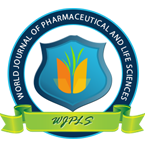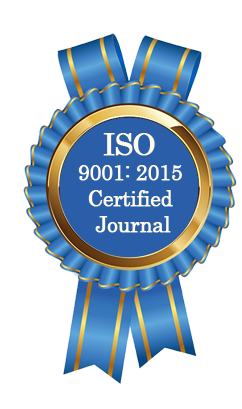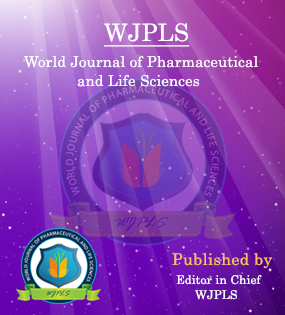Abstract
EFFECT OF ALCOHOL CONSUMPTION ON SOME HAEMOSTATIC PARAMETERS OF ALCOHOLICS IN JOS METROPOLIS
Idoko E., Essien U. C.*, Ekwempu A. I., Nyam A. N., Damen J. G.
ABSTRACT
Background: An alcoholic is one who has an insatiable appetite for alcohol consumption. Excessive, continuous and prolonged consumption of alcohol has been documented to have the potentials to cause many health complications. Aim: The aim of this study was to investigate the effect of heavy alcohol consumption on some haemostatic parameters among inhabitants of Jos metropolis, North Central Nigeria. Material and methods: The study population consists of 222 alcoholic individuals and 59 non-alcoholics who served as control group. Blood samples (4.5ml) were collected into a specimen container containing 0.5ml of 3.2% tri-sodium citrate for Prothrombin Time (PT) and Activated Partial Thromboplastin Time (APTT) estimation. While 2ml was collected into EDTA specimen bottle for platelet count. The blood samples were immediately conveyed a cooler to the Haematology unit of the Department of Medical Laboratory Science University of Jos where they were processed within 2 hours of collection using standard laboratory methods. The Prothrombin Time (PT) and Activated Partial Thromboplastin Time (APTT) were performed using commercially prepared kits according to manufacturer’s instructions (Diagnostic Reagent Ltd, Diagen UK) and test procedures were according to the instructions in the manufacturers’ standard operating manual. Data obtained were analyzed using Statistical Package for Social Sciences (SPSS) version 21. Result: The mean values of Prothrombin Time (PT), Activated Partial Thromboplastin Time (APTT) and Platelet values for alcoholics were; 18.11 ± 2.87, 53.10 ± 8.65 and 200.87 ± 64.70 respectively. While the mean values of PT, APTT and Platelet of non-alcoholics (the control group) were 15.73 ± 0.78, 45.78 ± 5.65 and 217.08 ± 57.70 respectively. There was statistical significant difference between PT and APTT of test and control groups (p < 0.05). However, there was no statistical significant difference in platelet count of test and control groups (p > 0.05). We observed a weakly positive correlations between prothrombin time (PT) and Activated Partial Thromboplastin Time (APTT) and duration of alcoholism (r = 0.205 and r = 0.151 respectively). On the contrary, there was a negative correlation between platelet count and duration of alcoholism (r = -0.043). Conclusion: We conclude that heavy alcohol consumption can greatly increase the risk of bleeding disorder. Findings from this study can be used to develop policy on effective management of bleeding disorder associated with alcoholism.
[Full Text Article] [Download Certificate]WJPLS CITATION 
| All | Since 2020 | |
| Citation | 590 | 424 |
| h-index | 12 | 10 |
| i10-index | 17 | 14 |
INDEXING
NEWS & UPDATION
BEST ARTICLE AWARDS
World Journal of Pharmaceutical and life sciences is giving Best Article Award in every Issue for Best Article and Issue Certificate of Appreciation to the Authors to promote research activity of scholar.
Best Article of current issue
Download Article : Click here





